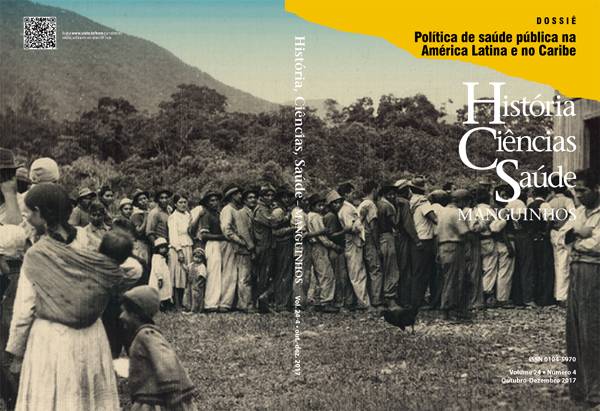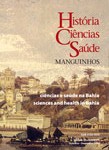
As COP30 nears its final days and global attention focuses on the Amazon, we highlight research that helps illuminate how science and exploration shaped the region. The article “Saving explorers and healing Amazonians” by Victor Rafael Limeira-da-Silva, researcher at MAST, examines a small metal Tabloid medicine chest carried by Alexander Hamilton Rice during his 1919 -1920 expedition. Produced by Burroughs Wellcome & Co., these portable boxes of standardized pills were marketed to explorers, missionaries, colonial officers and travellers, offering insight into early twentieth-century ideas about the Amazon, medicine and empire.
The medicine chest was made by Burroughs Wellcome & Co., a British pharmaceutical company founded in 1880. The firm became well-known for inventing compressed drug tablets called Tabloids, which made medicines easier to store and transport. To promote these products, the company supplied portable medical kits to explorers and missionaries around the world. These chests helped build the idea that European science could “bring health” to tropical regions, and many were later displayed in museums as symbols of scientific progress.
By examining the medicines inside Rice’s chest, including quinine for malaria, opium-based painkillers and basic surgical tools, the study shows how explorers imagined the Amazon as a place full of illness and danger. The article discusses how a single object, the Tabloid medicine chest produced by Burroughs Wellcome & Co., helps illuminate the intertwined histories of tropical medicine, imperial science, capitalist modernisation and Amazonian exploration in the early twentieth century.
Read more about the Amazon Forest in HCS-Manguinhos:
Carlos Chagas in the Amazon, 1913 – It reviews the 21-day expedition up the Yaco River in Alto Purus, federal territory of Acre.
BROWNE, J.: Natural History collecting and the Biogeographical tradition. História, Ciências, Saúde, Manguinhos, vol. VIII (supplement), 959-67, 2001.
Two views on malaria: This research compares two views of malaria in the Amazon that coexisted side by side during the First Brazilian Republic (1889-1930). April 25, World Malaria Day.
Epidemics helped build Amazonia’s colonial society – Article by Rafael Chambouleyron, Benedito Costa Barbosa, Fernanda Aires Bombardi, and Claudia Rocha de Sousa.
Baniwa food myths and rituals: For the Baniwa people, in the northwestern Amazon, there is a unity of spirit between humans and animals. This article analyzes their eating myths and rites. April 19, Indian Day in Brazil.
Railroads and tropical medicine in Brazil – This paper by Jaime Benchimol and André Felipe Cândido da Silva, our former and current science editors, shows how railways supported the development of tropical medicine in the First Republic.
Amazonian artwork by Wallace and Bates is now accessible online – Pencil drawings and watercolor paintings by Alfred Russel Wallace and Henry Walter Bates during their expedition to the Amazon between 1848 and 1852 are now available online.
Jacques Huber and the history of Amazonian botany – He (1867-1914) was a Swiss Botanist who worked at the Amazon from 1895 to 1914 and authored a major work on taxonomy, phytogeography, plant ecology, and agronomy.
Jacques Huber and the history of Amazonian botany – He (1867-1914) was a Swiss Botanist who worked at the Amazon from 1895 to 1914 and authored a major work on taxonomy, phytogeography, plant ecology, and agronomy.
Amazon: health, environment and culture (Vol. 14 • supplement • Dec. 2007)








